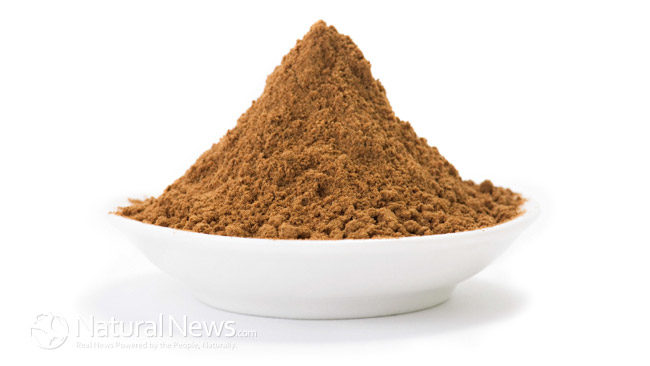At one point during my research I read the FDA, USDA and food manufacturers were blatantly adding poisonous material to the food supply. If you are unaware of what’s actually going on in the food system you might want know, Hilter, Henry Kissinger and the head of the U.N food supply suggested using food as a weapon. Now, if you think about it… Why else would they be putting petroleum, silicon, aluminum, mercury, lead and arsenic among so many other toxic chemicals in food? What sense does it make?
I have to ask: If you know you’re being poisoned slowly, incrementally with the collective of chemicals you consume everyday, would you attempt to make a switch to what I call, “real food”? Does the food-like-products you eat really taste that good to be willing to slowly degenerate your own health and well-being for a crunchy GM potato chip, or a chicken nugget with no chicken?
General research
ANTI-CAKING AGENTS
Used in vending machine powders (coffee, cocoa, soup) milk and cream powders, grated cheese, icing, sugar, baking powder, cake mixes, instant soup powders, drinking chocolate, table salt, pre-made seasonings.
Some common Anticaking Agents allowed in food (These will be listed throughout the week)
- Aluminum calcium silicate
- Calcium silicate (including synthetic)
-
Magnesium silicate
-
Prussiate of soda, yellow
-
Silicon dioxide
-
Sodium aluminosilicate
Silicate – Any of numerous compounds containing silicon
Silicon
Extremely hazardous in case of skin contact (corrosive, irritant), of eye contact (irritant), of ingestion, of inhalation.
Corrosive solid. Do not touch spilled material Do not ingest
Eye contact can result in corneal damage or blindness.
Skin contact can produce inflammation and blistering. Skin inflammation is characterized by itching, scaling, reddening, or, occasionally, blistering.
Inhalation of dust will produce irritation to gastro-intestinal or respiratory tract, characterized by burning, sneezing and coughing.
Severe over-exposure can produce lung damage, choking, unconsciousness or death. Inflammation of the eye is characterized by redness, watering, and itching.
The substance is toxic to lungs, mucous membranes.
Repeated skin exposure can produce local skin destruction, or dermatitis. Repeated exposure to a highly toxic material may produce general deterioration of health by an accumulation in one or many human organs. Repeated or prolonged inhalation of dust may lead to chronic respiratory irritation.
Personal Protection:
Splash goggles. Synthetic apron. Vapor and dust respirator. Be sure to use an approved/certified respirator or equivalent. Gloves.
Other Regulations:
DOT Classification:
- CLASS 8: Corrosive solid.
- CLASS 6.1: Poisonous material.
OSHA: Hazardous by definition of Hazard Communication Standard
WHMIS (Canada):
- CLASS D-1B: Material causing immediate and serious toxic effects (TOXIC)
- Class D-2A: Material causing other toxic effects (VERY TOXIC).
- CLASS E: Corrosive solid.
References
- http://www.sciencelab.com/msds.php?msdsId=9924920
- http://www.ncbi.nlm.nih.gov/pubmed/22417544
- http://www.law.cornell.edu/cfr/text/21/182/subpart-C
- http://www.naturalnews.com/033832_food_additives_nutrition.html
- http://www.doh.gov.za/docs/regulations/1982/reg2507.pdf
- http://www.law.cornell.edu/cfr/text/21/172/subpart-E
- http://www.infowars.com/the-move-to-depopulate-the-planet/
- http://articles.mercola.com/sites/articles/archive/2011/09/20/salt-myth.aspx
Legal G.R.A.S
http://www.law.cornell.edu/cfr/text/21/184.1
G.R.A.S. List
http://www.accessdata.fda.gov/scripts/fcn/fcnNavigation.cfm?rpt=eafusListing
Some extra reading material





